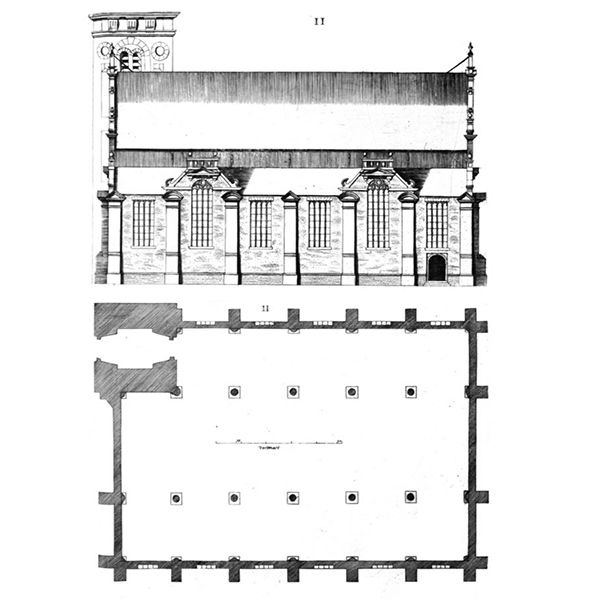Abstract
Part I of this article dealt with the construction of large city churches during the period from around 1380 to around 1530 and the emergence of the municipal Public Works during the fifteenth and sixteenth centuries.1 It has been seen that in the fifteenth century Holland’s cities largely depended on supraregional systems for church building, and recruited both designers and builders from the neighboring region of Brabant. During the sixteenth century, however, the cities increasingly carried out their own public works. The reason for this shift was the rising number and variety of building projects. As towns expanded in the second half of the sixteenth century, a far wider range of structures had to be built, including Protestant churches, town halls, weigh houses, exchanges, hospitals, houses of correction, quays and harbours.
This second part of the article will discuss the development of the municipal building company in the seventeenth century and its contraction in the eighteenth century in the light of these changes in the demand for building work. The main changes clearly took place in the organizational structure linking the city and town councils that launched the projects and the actual building site. Such changes were often made for financial reasons. Costcutting could end up reducing the number of specialists at the top of the profession, and this did in fact happen during the first half of the eighteenth century. During this period the private building sector continued to play an important part; in the prosperous seventeenth century the cities of Holland always contracted out some of their public works, whereas in the eighteenth century they turned to the private sector in order to save money.
How to Cite
Published
Issue
Section
License
Copyright (c) 2010 OverHolland

This work is licensed under a Creative Commons Attribution 4.0 International License.




